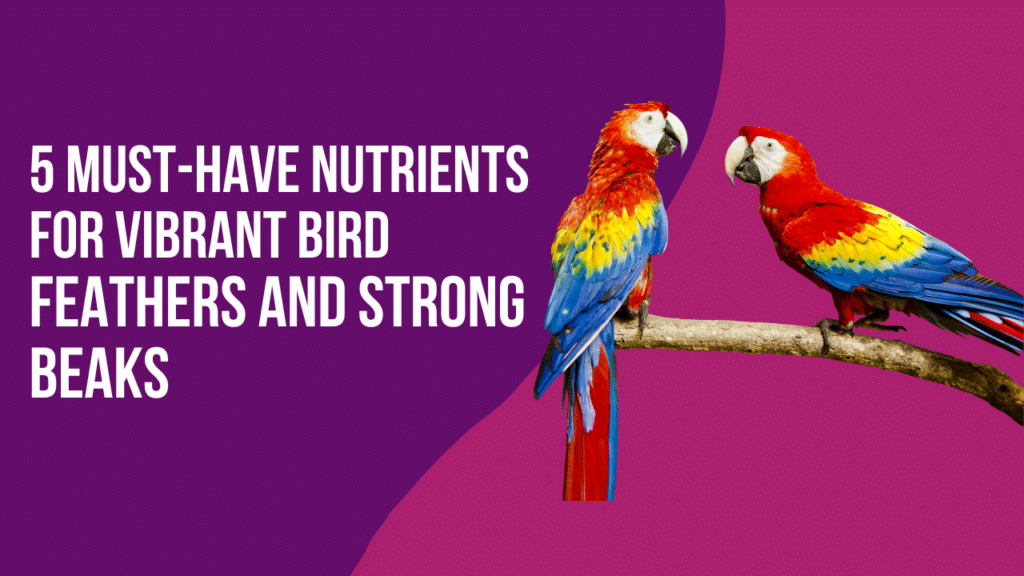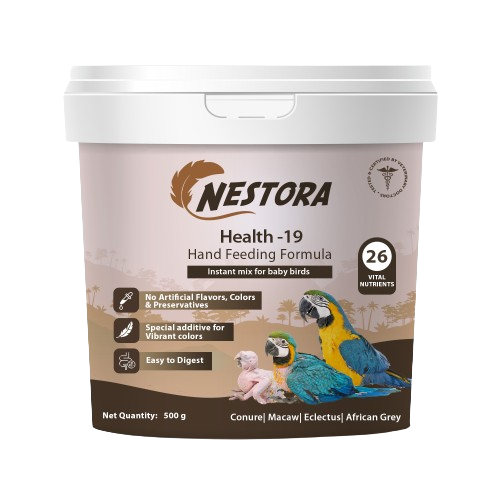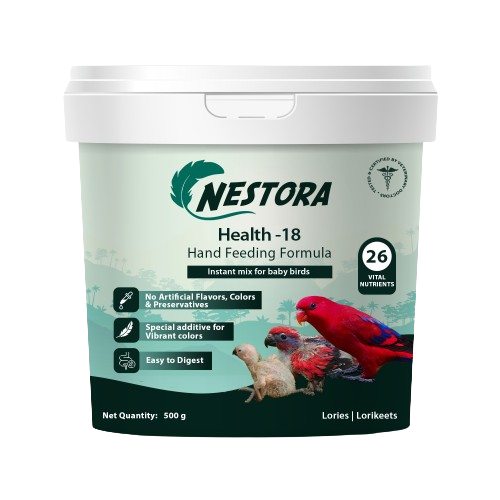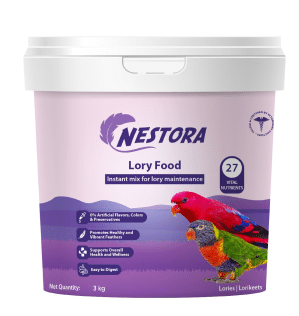
5 Must-Have Nutrients for Vibrant Bird Feathers and Strong Beaks

Introduction
Importance of Feeding Birds
Bird hand feeding is simply not an activity undertaken because it is a great past time; it helps to keep alive the bird populations and therefore biodiversity. Supporting their survival and enhancing biodiversity.
Table of Contents
ToggleHere’s why it matters:
1. Supports Bird Populations
Natural food supplies may be limited during arid summers or hard winters. Supplemental feeding gives birds the nourishment they need to thrive during these trying times, helping them to survive.
2. Enhances Biodiversity
When you provide food for birds, it might attract a variety of species to your garden or outdoor area. This kind of enhances the ecosystem and gives your surroundings a certain beauty.
3. Promotes a Bond with Nature
Taking care of and watching birds can be therapeutic. It provides a serene experience that enables you to enjoy the beauty of nature and re-establish a connection with it.
4. Promotes Ecological Equilibrium
Birds play an important part in environmental conservation. By spreading seeds, pollinating plants, and managing pests, they maintain a robust and harmonious ecosystem.
5. Infuses Outdoor Environments with Vitality
Your surrounds are infused with color, bustle, and music when birds are feasting. It converts gardens and balconies into thriving environments.
From Screams to Cuddles: Managing a Bird's Temper
Step 1: Create a Calming Environment
They felt safer after rearranging the cage, adding enrichment toys, and moving it to a calmer location.Step 2: Introduce Positive Training
Clicker training with goodies transformed encounters into enjoyable experiences. It began associating human hands with trust rather than fear after receiving rewards and constant training.Step 3: Building Confidence
By gradually exposing African grey parrot to new sounds, people, and situations, its fear-based aggression decreased. Each single step increased her confidence and made her more sociable.Step 4: Prioritize Health and Wellness
A proper diet, regular exercise, and healthy sleep did wonders. African grey parrot’s mood and attitude improved noticeably after receiving proper care.Step 5: Seeking Expert Help
An avian behaviorist’s advice offered sophisticated methods to deal with chronic territorial biting. They used these tactics to overcome the defensive habits. Finally, African grey parrot changed from an aggressive bird to a playful, dependable friend with time, love, and determination.From Feathers to Flourish: How One Bird Overcame Plucking
Feather plucking—a heartbreaking sight for any bird owner. Consider Sunny, a bright cockatoo whose once-glorious plumage has been reduced to patchy, bare parts. Her continuous preening and plucking had her owner concerned and looking for answers. Sunny’s story went from sadness to recovery with kindness, care, and patience.
Sunny’s journey started with a trip to the avian vet. A comprehensive check ruled out parasites, illnesses, and nutritional deficits and found no significant health problems.
This narrowed the culprit to environmental stress and boredom. To help Sunny, her owner transformed her living space into a paradise of enrichment. New toys, perches, and foraging activities added variety, while relocating Sunny’s cage to a quieter spot reduced her stress. Daily out-of-cage time, interactive play, and consistent routines helped Sunny feel more secure. Her owner spent quality time talking, singing, and even teaching her tricks, reinforcing their bond and distracting Sunny from over-preening. Her feathers recovered, her plucking ceased, and her lively personality shone through once again.
If your bird is struggling with excessive grooming, remember: the key lies in understanding, a healthy environment, and lots of love.
Modifying Screaming and Excessive Vocalization
According to avian experts, birds may vocalize loudly due to fear, excitement, predators like stranger’s entry, rodents, or even as a natural response to environmental stimuli. Pay attention to what precedes your bird’s screaming episodes.
Common triggers include:
- Sudden noises or movements
- Lack of attention or interaction
- Changes in routine or environment
Instead of reacting to screaming, focus on rewarding quiet, calm behavior. When your bird is behaving well, offer treats, nuts, praise, or extra attention. This method assists your pet in linking desired actions to pleasing outcomes.
Ensure your bird receives adequate mental stimulation and physical activity. Consider these enrichment ideas:
- Provide a variety of toys and puzzles.
- Offer supervised out-of-cage time.
- Engage in regular training sessions.
Increasing enrichment and interaction can significantly reduce boredom-related screaming and promote healthier bird communication patterns.
Cage Rage: Calming Your Territorial Bird
Territorial behavior is a common bird behavior problem that many pet owners face. Territorial behavior often stems from a bird’s instinct to protect its space. This can be caused by leads to such as:
- Limited cage space
- Lack of environmental enrichment
- Hormonal changes
- Stress or fear
- Unhygienic environment
Recognizing these underlying causes is the first step in addressing the problem effectively.
To resolve territorial behavior, consider the following bird training tips:
- Provide a larger, enriched cage setup with multiple perches, toys, and exploration areas.
- Establish a consistent routine for interactions and training sessions.
- You can gradually get the bird to walk up onto your finger by introducing your hand close to the cage.
Tips for a Happy and Healthy Baby Bird
Conclusion
Common Questions About Baby Bird Feeding
Baby birds should gain weight steadily. They’re probably eating enough if they look healthy, active, and alert. Check their weight once a week, and if you notice any decline, adjust the amount or frequency. eligendi, totam, facilis laudantium cum accusamus ullam voluptatibus commodi numquam, error, est. Ea, consequatur.
Not in the beginning. Regular bird food doesn’t provide enough protein, vitamins, or fats for a baby bird’s needs. Stick to specialized hand-feeding formulas like Health-18, Health-19 for first few weeks.
Most baby birds get water from their formula but consult a vet if they seem dehydrated. Young birds are sensitive to dehydration, so getting help is essential if something seems off.







